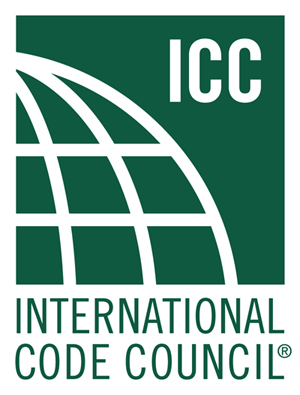Your cart is currently empty!
“The Comprehensive Guide to the International Existing Building Code (IEBC)”

===
The International Existing Building Code (IEBC) is a set of regulations and guidelines that provide standards for the repair, alteration, and renovation of existing buildings. It is an essential tool for architects, engineers, and building officials to ensure the safety and code compliance of older structures. The IEBC addresses various aspects of building design, construction, and maintenance, with the ultimate goal of improving the overall safety and functionality of existing buildings.
Overview of the International Existing Building Code (IEBC)
The International Existing Building Code (IEBC) was first published in 2003 by the International Code Council (ICC). It is a comprehensive set of regulations that specifically focuses on existing structures rather than new construction. The code provides guidelines for the evaluation, repair, and modification of buildings, ensuring that they meet current safety and accessibility standards.
The IEBC covers a wide range of building types, including commercial, residential, and institutional structures. It addresses various aspects of building design, such as structural integrity, fire protection, plumbing, electrical systems, and energy efficiency. By following the code’s provisions, building owners and professionals can ensure that existing structures are brought up to code and remain safe for occupants.
Key Features and Scope of the International Existing Building Code (IEBC)
The International Existing Building Code (IEBC) includes several key features that distinguish it from other building codes. One of its main characteristics is its focus on existing buildings, providing specific requirements for their alteration, repair, and renovation. The code also emphasizes the importance of preserving historical and architectural features while ensuring safety and code compliance.
The IEBC provides guidelines for assessing the existing conditions of buildings, including structural elements, fire protection systems, and egress requirements. It also offers provisions for energy conservation, accessibility, and the use of alternative materials and methods. These features enable professionals to evaluate existing structures comprehensively and make informed decisions regarding necessary modifications.
Benefits and Advantages of Implementing the International Existing Building Code (IEBC)
Implementing the International Existing Building Code (IEBC) offers numerous benefits for building owners, professionals, and occupants. One of the key advantages is enhanced safety. The code ensures that existing buildings are evaluated and modified to meet current safety standards, reducing the risk of accidents, fires, and structural failures.
Another benefit is improved accessibility. The IEBC includes provisions for making existing buildings more accessible to individuals with disabilities. This promotes inclusivity and ensures that everyone can enjoy the facilities and services provided by these structures.
Additionally, the IEBC encourages energy efficiency and sustainability. By implementing the code’s provisions, buildings can be retrofitted with energy-saving measures, reducing their environmental impact and operating costs. This benefits both the building owner and the larger community.
Challenges and Considerations in Using the International Existing Building Code (IEBC)
While the International Existing Building Code (IEBC) provides valuable guidelines for existing structures, there are some challenges and considerations to keep in mind. One challenge is the complexity of assessing and modifying older buildings. The code requires a detailed evaluation of existing conditions, which can be time-consuming and costly.
Another consideration is the potential conflict between preserving historical features and meeting modern safety standards. In some cases, modifications required by the code may impact the building’s original design or architectural integrity. Balancing these considerations requires careful planning and collaboration between professionals and preservation experts.
Furthermore, implementing the IEBC may involve additional costs for building owners. Retrofitting existing structures to meet code requirements can be expensive, especially for older buildings that require extensive repairs or upgrades.
===
The International Existing Building Code (IEBC) plays a crucial role in ensuring the safety, accessibility, and sustainability of existing structures. By providing guidelines for evaluation, repair, and modification, the code helps professionals bring older buildings up to code while preserving their historical and architectural significance. Although challenges and considerations exist, the benefits of implementing the IEBC far outweigh the potential difficulties. Building owners, professionals, and occupants can rely on the code to ensure the longevity and functionality of existing buildings for years to come.
Learn more about the International Existing Building Code (IEBC) here
